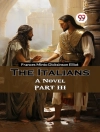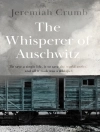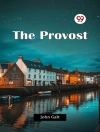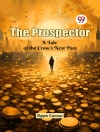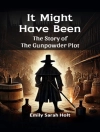In ‘The Girl and Her Fortune, ‘ L. T. Meade weaves a compelling narrative that explores themes of ambition, friendship, and the quest for self-discovery against the backdrop of late Victorian society. The novel, characterized by its vivid descriptions and dynamic characterizations, presents a young girl’s journey as she navigates the complexities of familial expectations and societal norms. Meade’s literary style fuses realism with elements of adventure, offering a rich examination of the struggles faced by women during an era of rapid social change, while also providing a critique of the class system prevalent at the time. L. T. Meade, a notable figure in early 20th-century literature, was known for her keen insights into the lives of young women, drawing from her own experiences as a teacher and her deep interest in the rights of women. Her background in education and her involvement in social reform movements likely informed her portrayal of strong female characters striving for independence and success. This confluence of personal experience and societal observation shines through in her nuanced storytelling, making her work particularly resonant in its historical context. ‘The Girl and Her Fortune’ is highly recommended for readers interested in historical fiction that not only entertains but also provokes thoughtful reflection on gender roles and personal agency. Meade’s skillfully crafted narrative invites readers to engage with the challenges faced by her protagonist, offering a lens through which modern audiences can examine the evolution of societal expectations.
Про автора
Elizabeth Thomasina Meade Smith, commonly known as L. T. Meade (1844-1914), was a prolific Irish writer, best known for her vast collection of works for young girls. Her career spanned over half a century, in which she penned over 300 books, ranging from children’s books to those dealing with social issues for a female audience. ‘The Girl and Her Fortune’ is one among her notable works, focusing on themes of moral integrity, fortune, and youth—a typical representation of Meade’s interest in the coming-of-age narratives of young women in Victorian society. L. T. Meade’s literary style often intertwined her fervent interest in women’s roles and rights with a narrative that was character-rich and imbued with moral overtones. Predominantly writing at the height of the British Empire, her stories, although not as widely recognized today, played a significant role in shaping the genre of girls’ school stories, an archetype that would influence future authors and contribute to the development of young adult fiction. Her works remain critical for those studying Victorian literature and the evolution of writing aimed at adolescent girls.


